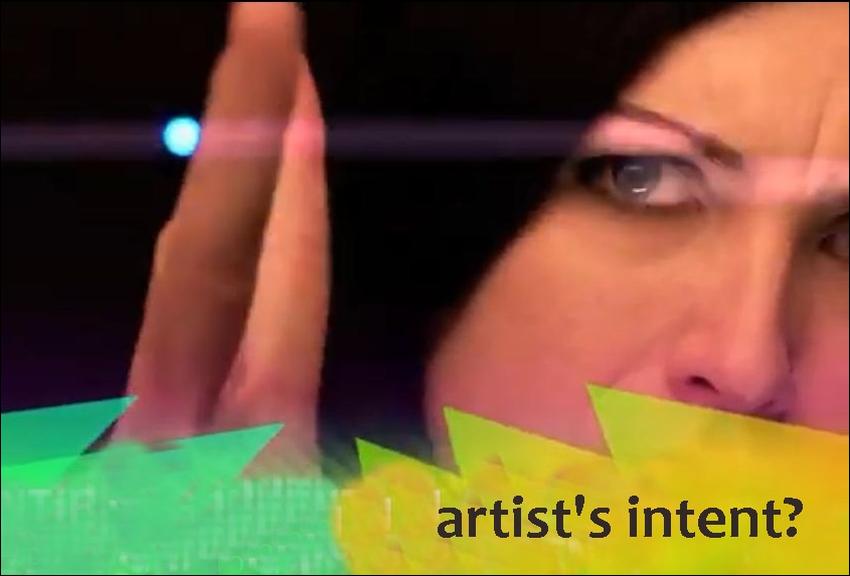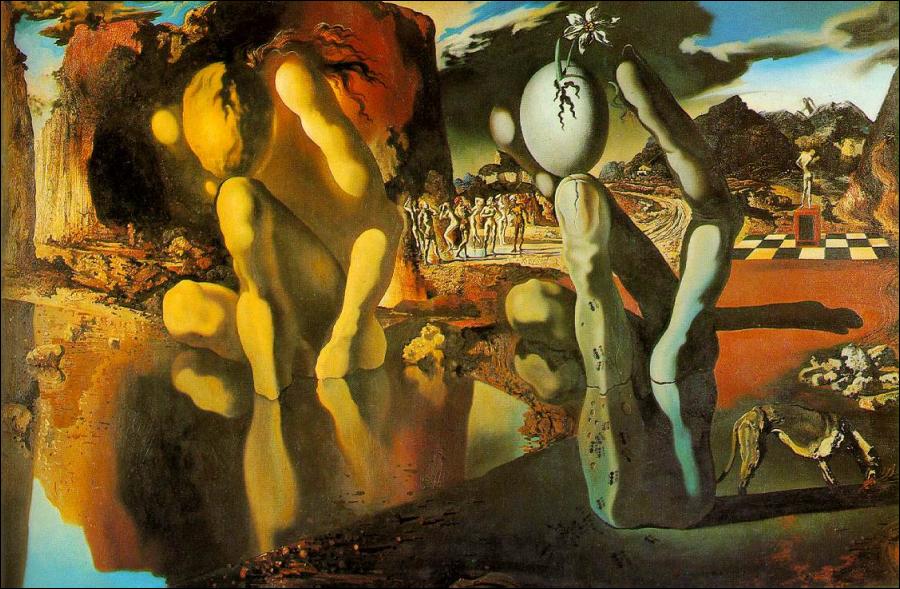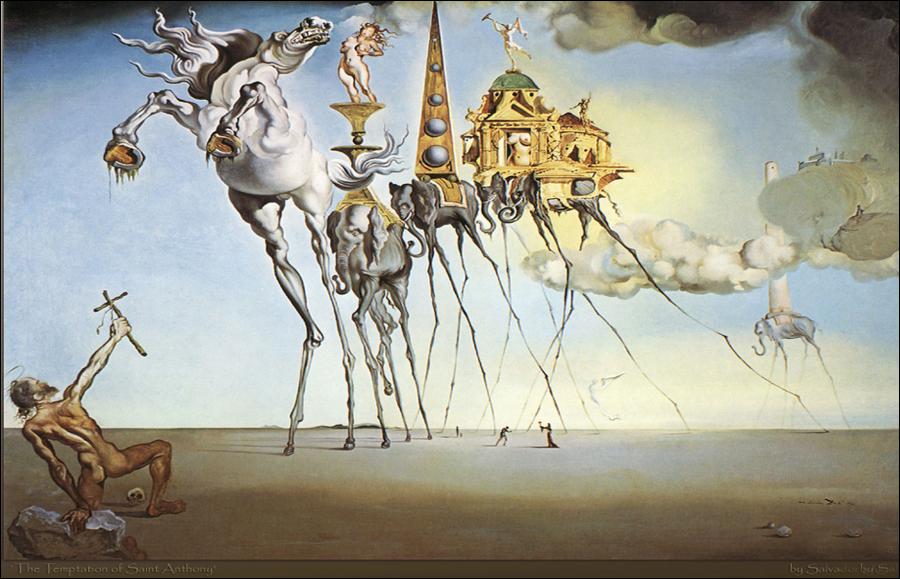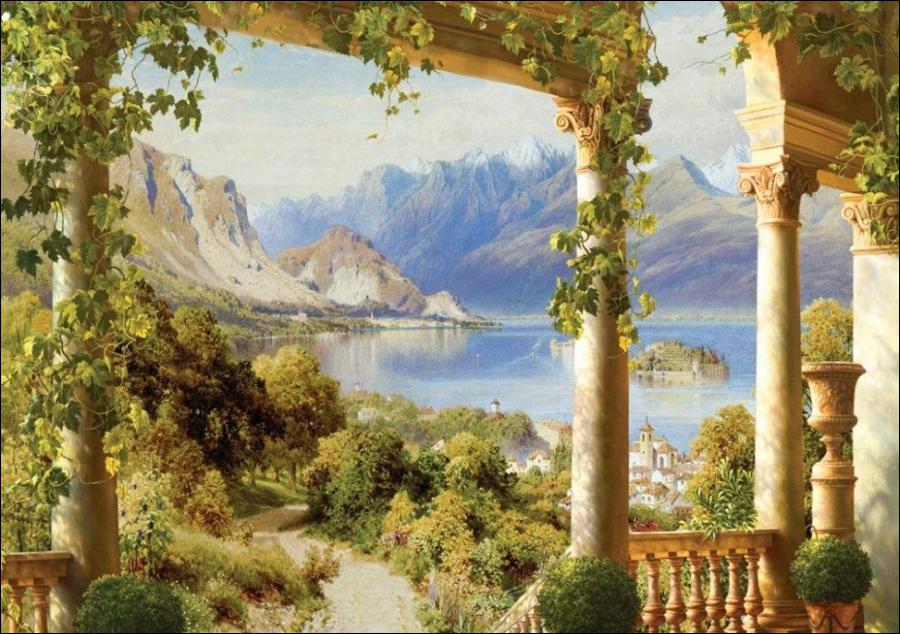Georgy Kurasov was born in 1958 in Leningrad, called as St Petersburg now. Kurasov, who was printed at the Academy of Arts at the age of 13, is politely referred to the sculpture department by the school administration because it is thought to be “lack of emotion about colors”, and Georgy also finds the picture boring.
What is the philosophy behind an artist’s intention?
What is the philosophy behind artist intention and its value when understanding works of art. To find the right answer the primary question should centralize around which matters more when evaluating art – the audience interpretation or artist intention.
We need a philosophy of titles of works of art
So we get to the phenomenon of aesthetic perception, which has many subtle tentacles linking it with the other phenomena. Perception in some sense–over and above the subjective response, if this is to count at all–certainly seems to be involved in aesthetic experience, be it on the artist’s part or on ours who behold his work. Of course, it will differ from the perceiving which is scientific observing, but without losing its own sort of objectivity.
Philosophy of the Art
A phenomenon, popularly speaking, is something that teases people into thinking about it. In this sense, there are phenomena of art. I could call them the data of art, but this expression does not feature whatever it is that generates questions. Yet, both phenomena and data are given. They are the starting points. The difference is that a phenomenon is a datum with a penumbra of questions around it.
Fresco: Nature of the Process
In the course of the fifteenth century and especially during the sixteenth century, refinements and elaborations of Cennini’s methods were introduced. This appears from various sixteenth-century descriptions of the process, notably that of Giorgio Vasari in the introduction to his Lives of the Painters, by which he is better remembered than by his work as painter and architect
Painting Process: Fresco
From processes in which the painting is normally composed of two layers, paint and support, turn to those in which there are three layers, due to the use of a ground laid on the support. By far the most important and numerous of these are employed in mural painting, though, as noted above, examples occur when a ground is introduced in water-colour painting, or, as will be seen later, when one layer is omitted in what is ordinarily a four-layer process.





